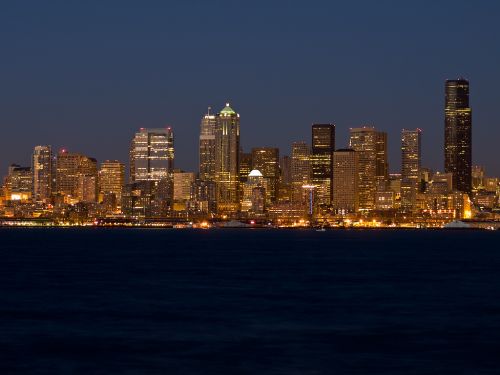All coal mining safety laws have been written in miners’ blood.
My grandfather, who barely survived an explosion in a coal mine in southern Illinois, taught me this phrase. He also taught me about the 150-year-old battle in the coalfields over reckless production at the cost of responsible safety measures.
As our prayers and condolences go out to the many coal mining families in Raleigh County, W.Va., I think about the needless safety violations and subsequent disasters that have taken place over the past century.
Over 104,000 Americans and immigrants have died in our coal mines. According to one inspector, many, if not a majority of those “accidents” should not be considered mishaps, but acts of negligent homicide.
As a coal miner’s widow from Raleigh County, W.Va. told me on the phone last night, every time she sees a miner just off his shift, draped in coal dust, standing at the convenience market, she knows that mine is rife with violations.
Three coal miners still die daily from black lung disease — one of the most flagrant safety issues and scandals overlooked in our nation.
While we are still waiting for the details on the Performance Coal Co. Upper Big Branch Mine disaster, and whether methane gas buildup — the release of highly flammable and toxic gas that has haunted coal miners for centuries — led to the explosion that has taken at least 25 lives, reports are now coming out of the mine’s history of safety violations. According to Ry Rivard in the Daily Mail:
In March alone, U.S. Mine Safety and Health Administration officials cited the mine, which is owned by Massey subsidiary Performance Coal Co., for failing to control dust; improperly planning to ventilate the mine of dust and the combustible gas methane; inadequate protection from roof falls; failing to maintain proper escapeways; and allowing the accumulation of combustible materials.
Since 1995, there have been more than 3,000 violations at Upper Big Branch, though it was not immediately clear how that compared to other mines of its size.
Massey, of course, has become infamous for its devastating mountaintop removal operations.
But the company also pleaded guilty to criminal violations for a January 2006 fire at the Aracoma mine in Logan County, W.Va., which took the lives of two miners. As Charleston Gazette reporter Ken Ward noted:
A huge problem at Aracoma was also that Massey officials had removed key ventilation walls, or stoppings, allowing smoke to enter that primary escape tunnel in the first place — a move that U.S. District Judge John T. Copenhaver later said “doomed two workers to a tragic death.”
In a now infamous internal memo to employees that was used in the Aracoma mine trial, Massey’s CEO Don Blankenship openly declared: “If any of you have been asked by your group presidents, your supervisors, engineers, or anyone else to do anything other than run coal (i.e. build overcasts, do construction jobs, or whatever) you need to ignore them and run coal,” the complaint quotes the memo. “This memo is necessary only because we seem not to understand that coal pays the bills.”
Nonetheless, Massey is ramping up its mine productions and profits, especially in its hurry to export coal to India and China. Last year, nearly 3,000 coal miners died in China’s own mines.
When my grandfather was in the mines in southern Illinois, a group of UMWA miners from Centralia, Ill., outraged by the political machinations in the Department of Mines and Minerals, wrote a letter in 1946 urging the governor to take action on clearly dangerous buildups of coal dust. The letter described the mine’s situation, the politics, and then made a desperate request for intervention:
In fact, Governor Green, this is a plea to you, to please save our lives, to please make the Department of Mines and Minerals enforce the laws at No. 5 mine of the Centralia Coal Company at Centralia, Ill., at which mine we are employed, before we have a dust explosion at this mine like just happened in Kentucky and West W.Va.
Despite numerous inspections, recommendations, and noted violations, the mine owners did not consider the dust situation to be of imminent danger. On March 25, 1947, an explosion ripped through the Centralia mine and killed 111 miners. Half of them died from carbon monoxide poisoning. Three of the four men who had written the governor also died in the explosion.
As the St. Louis Post-Dispatch pointed out, a crime was committed at Centralia. Just like modern operators, the Centralia Coal Company had made it a habitual practice to violate mining safety laws and simply pay the fines.
And the violations and the deaths continue today.
I can’t get the words of an old Welsh coalfield ballad out of my mind:
Oh what will you give me, say the sad bells of Rhymney
Is there hope for the future, say the brown bells of Merthyr
Who made the mine owners, say the blackbells of Rhondda
And who killed the miners, say the grim bells of Blaenau …




